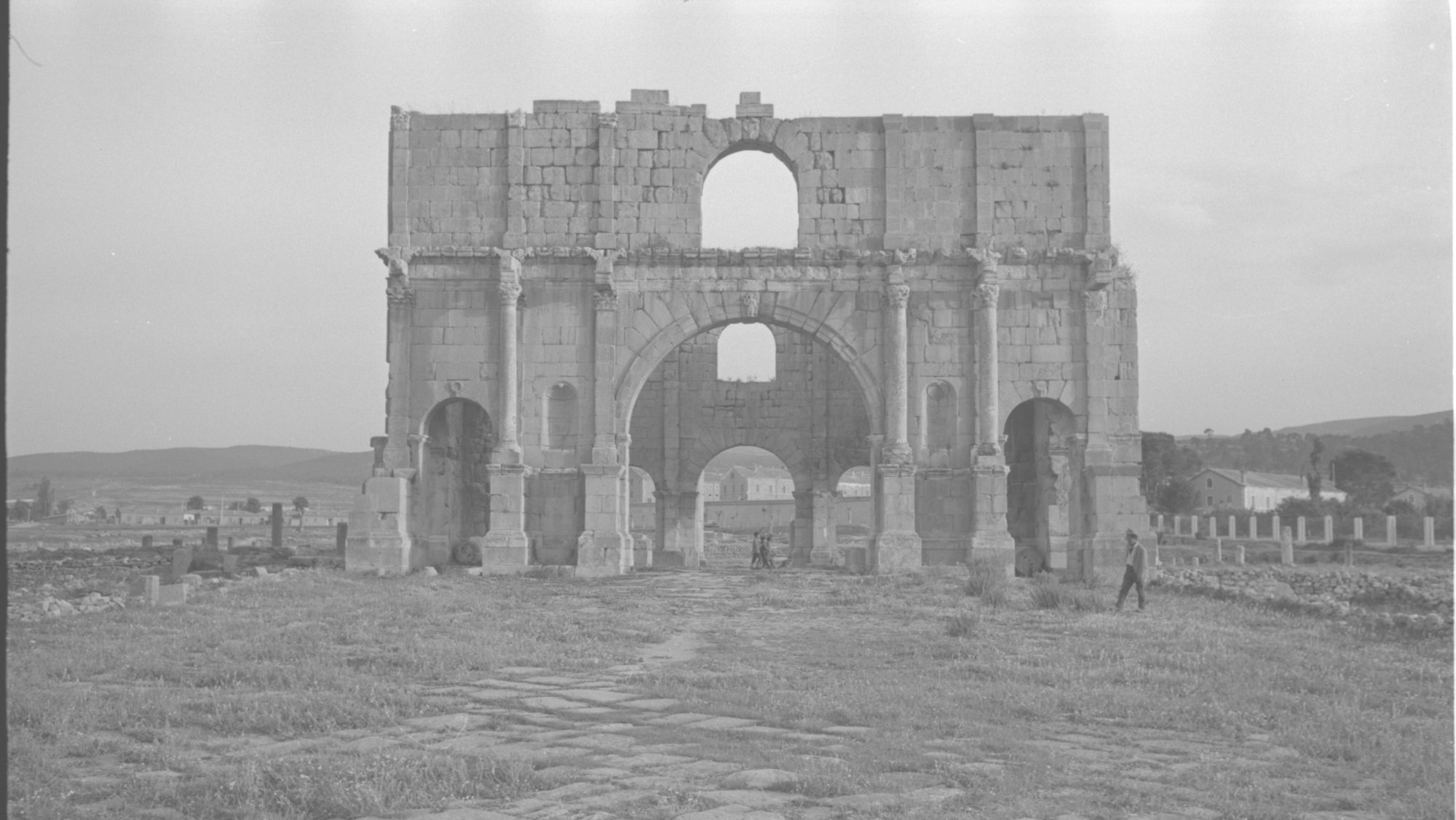Überblick
Friedrich Rakob (1931-2007) was an architectural historian from North Rhine-Westphalia. He worked at the German Archaeological Institute (DAI) in Rome from 1962 to 1996 and specialised in the architectural history of towns and cities in Northern Tunisia. He led the major excavations in Simitthus/Chimtou from 1968 onwards and the excavations in Carthage from 1974 onwards. These excavations were a collaboration between the DAI Rome and what was then the National Institute for Art and Archaeology (INAA) – now Institut National du Patrimoine (INP) – in Tunis.
Friedrich Rakob’s bequest includes a total of more than 63,000 photographic negatives, slides and contact prints as well as around 190 crates and folders containing excavation diaries, drawings, plans, VHS cassettes and other documents, such as preliminary reports, texts of speeches and letters from his 35 years of research work. Some of these materials were presented to the DAI during Rakob’s research activities, while others were bequeathed to the institute after his death in 2007. The most extensive part of the holding is the documentation of the excavations and finds from Chimtou and Carthage. The bequest is an opportunity to gain more detailed information on the excavation works and find contexts, expanding by the previously published results.
Thanks to generous funding from the Federal Foreign Office, it was possible to draw up an inventory of the extensive holding. The majority of the drawings and excavation photographs (negatives and slides) have been digitized and roughly indexed (work in progress). The project now aims to systematize and contextualize the digitized photographs and documents within the newly planned North African Heritage Archive. Once this subproject has been completed, all the digitized copies from Rakob’s bequest will be brought together for a large-scale project and made available to NAHAN, an international, multi-institutional platform for archaeological archival materials from North Africa.

